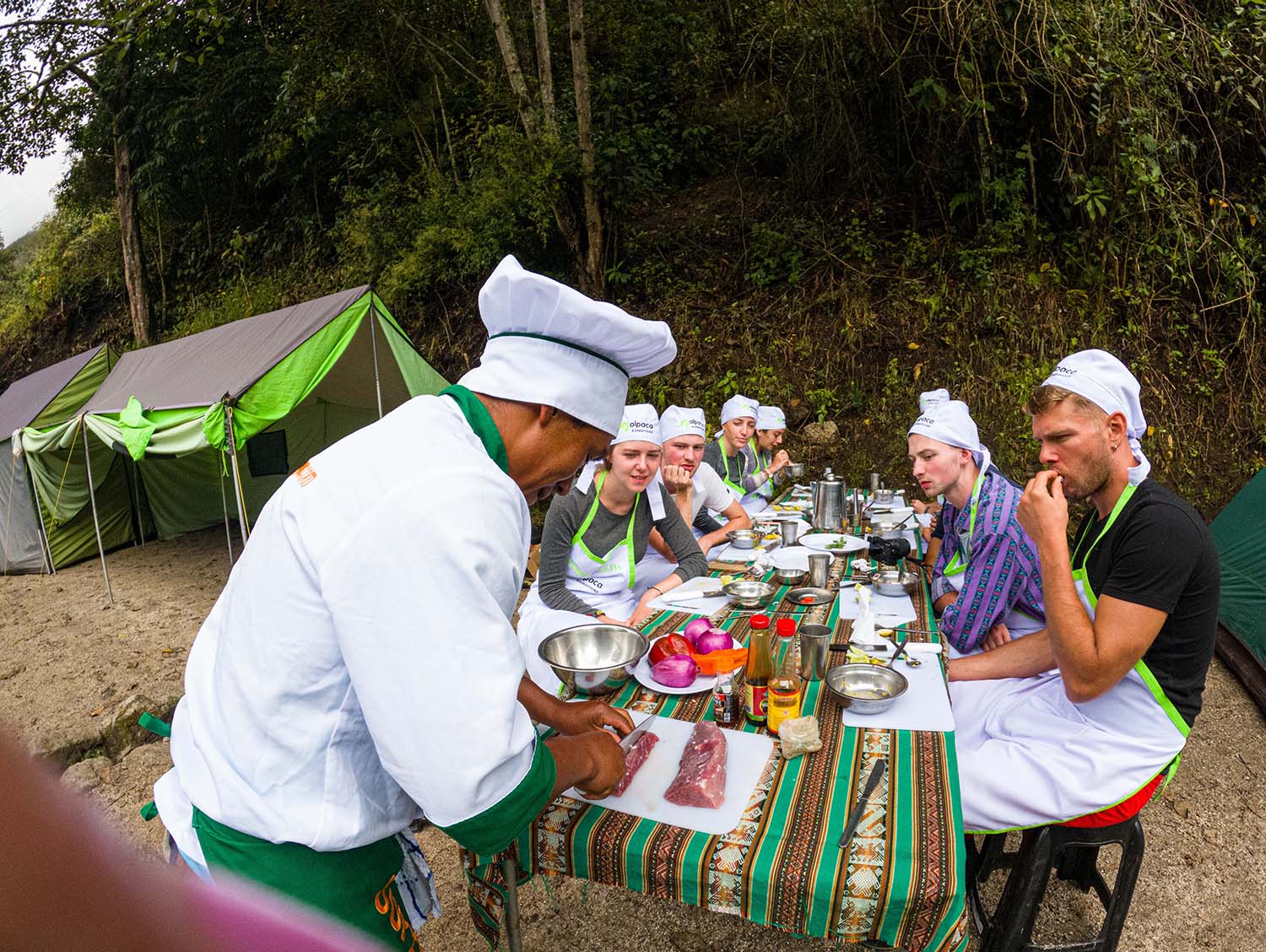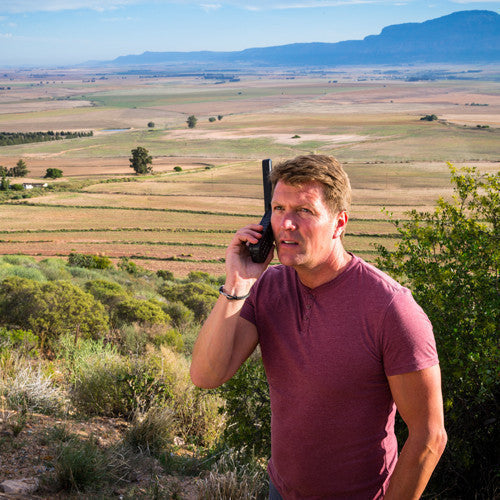Tracing the Footsteps of the Incas: The Hidden History of the Inca Trail
Tracing the Footsteps of the Incas:
The Inca Trail is one of the most famous trekking routes in the world. It is a beautiful and exciting journey that takes you through the heart of the Andes Mountains in Peru. As you walk along this ancient path, you will see breathtaking views of mountains, rivers, and cloud forests. But the Inca Trail is more than just a hike — it is a journey through history. Explore the Footsteps of the Incas!
The trail was built hundreds of years ago by the Inca civilization. The Incas used this road to connect their cities, trade goods, and reach their sacred site, Machu Picchu. Today, people from all over the world come to hike the Inca Trail and experience the magic of this ancient route.
When you trek with Alpaca Expeditions, the #1 tour operator in Peru, you don’t just walk the trail — you learn its hidden stories. Alpaca Expeditions’ expert guides share fascinating facts about the Inca Empire while ensuring a safe, comfortable, and eco-friendly journey. They also care for their porters and support local communities, helping preserve the cultural heritage of the trail.
Embark on a journey through time, and let Alpaca Expeditions make your Inca Trail adventure unforgettable!
Origins of the Inca Trail
The Inca Trail was part of a huge road network called Qhapaq Ñan, built by the Inca Empire. This system stretched over 40,000 km across South America, connecting cities, villages, and important sites. The trail allowed the Incas to trade goods, share messages, and travel for religious ceremonies.
One amazing fact is that the Incas did not have wheels or horses to help them. Instead, they used llamas to carry goods and trained runners called chasquis to deliver messages across long distances. The Inca Trail was not just for travel; it was also a sacred path. Pilgrims walked this trail to reach Machu Picchu, believing it was a spiritual journey.
The architecture of the trail is incredible. The Incas built stone paths through mountains, over rivers, and across steep valleys — all without modern tools. They used local stones, perfectly cut to fit together, creating strong roads that have lasted for centuries.
Today, walking the Inca Trail is like stepping back in time, and companies like Alpaca Expeditions help travelers experience this history while protecting the trail’s natural beauty.
Hidden History and Archaeological Wonders
The Inca Trail is not just a path to Machu Picchu; it is filled with hidden history and mysterious ruins. Two of the most fascinating sites along the trail are Runkurakay and Sayacmarca.
Runkurakay is a circular ruin that was likely a resting place or a lookout for Incan messengers. The shape of the site and its position offer stunning views of the valley below. Some believe it was also a spiritual stop, where travelers could pray to the mountain gods.
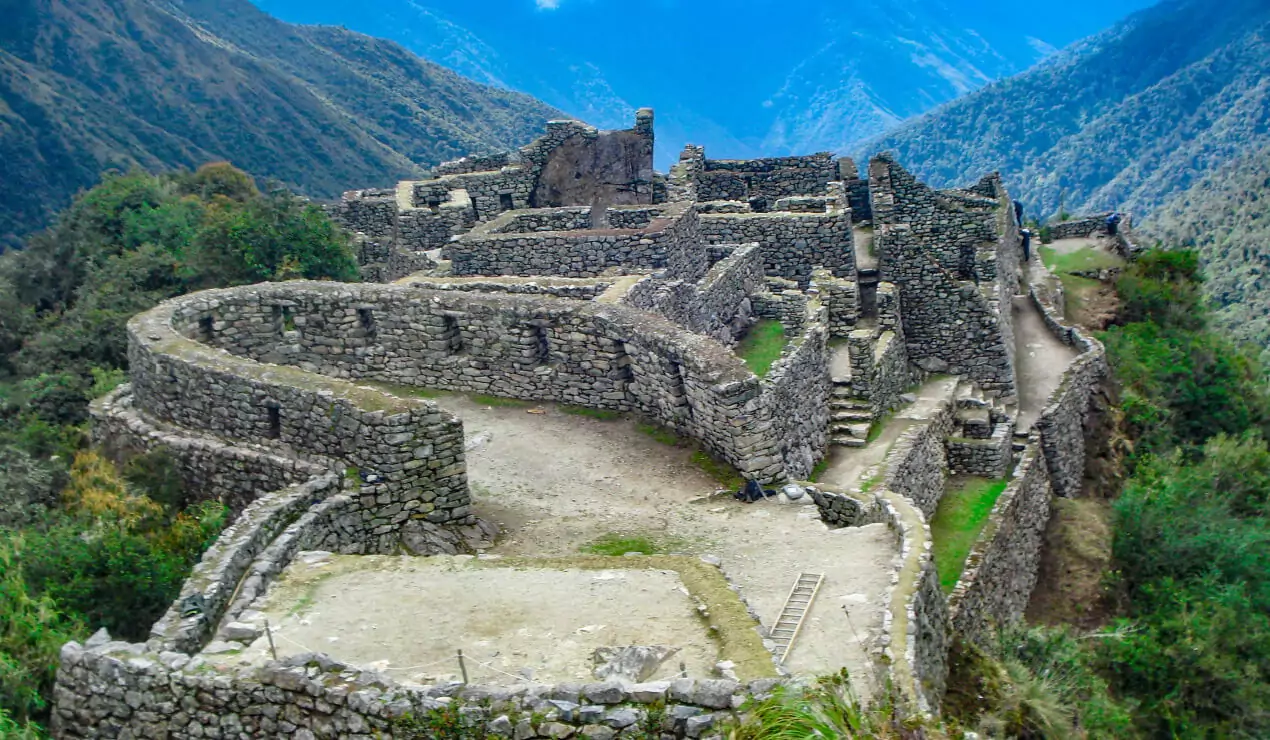
Further along the trail is Sayacmarca, a beautiful set of stone buildings perched on a cliff. Its name means “Inaccessible Town” because of its high, steep location. This site may have been a religious center or a place for studying the stars.
With Alpaca Expeditions, trekkers get more than just a hike. Their expert guides share these hidden stories, helping visitors understand the spiritual importance of each stop. Walking the Inca Trail with us means discovering the secrets of the Andes, making the journey as memorable as the destination.
The Rediscovery of the Inca Trail
The Inca Trail was hidden from the world for many years. After the fall of the Inca Empire in the 16th century, the trail was forgotten, covered by thick forests in the Andes Mountains. It wasn’t until the early 20th century that explorers and archaeologists began to “rediscover” the trail.
In 1911, an American explorer named Hiram Bingham found Machu Picchu, the lost city of the Incas. Soon after, people started finding more ancient paths leading to the site — this became known as the Inca Trail.
Since then, efforts have been made to restore and protect this historic route. In 1983, Machu Picchu and the Inca Trail were named a UNESCO World Heritage Site, which means they are protected for future generations.
Today, responsible tour operators like us help preserve the trail. They follow eco-friendly practices, limit waste, and support local communities. Their expert guides not only share the history of the trail but also help protect its beauty and culture.
When you trek with us, you’re not just hiking — you’re helping to conserve an important piece of history!
What Makes the Inca Trail Unique?
The Inca Trail is different from other routes to Machu Picchu, such as the Salkantay Trek. While the Salkantay Trek offers stunning mountain views, the Inca Trail takes you through history.
This ancient path was built by the Incas over 500 years ago. As you hike, you walk the same trails that Incan messengers and pilgrims once used. This makes the experience more than just a trek — it feels like stepping back in time.
Along the way, you’ll see amazing ruins, cloud forests, and beautiful valleys. The trail ends with the breathtaking view of Machu Picchu through the Sun Gate, which is a magical moment for any traveler.
With us, your journey becomes even more special. They provide comfortable camping, delicious meals, and friendly guides who share stories about the Inca civilization. Their personalized tours ensure safety and help you connect deeply with the history and culture of the Andes.
Preparing for Your Own Inca Trail Adventure
Getting ready for the Inca Trail is important for a safe and fun journey! Here are some easy tips to help you prepare.
-
- Physical Preparation:
The Inca Trail is a long hike with many stairs and steep paths. Start walking or jogging a few weeks before your trip. Try hiking on small hills or using stairs to build your strength and stamina.
-
- Altitude Acclimatization:
Cusco is high above sea level, and the air is thinner there. Arrive a few days early to get used to the altitude. Drink plenty of water, avoid alcohol, and rest if you feel dizzy or tired.
-
- Packing Essentials:
Bring comfortable hiking boots, a rain jacket, sunscreen, and a warm hat for cold nights. Don’t forget a small backpack for snacks, water, and a camera!
-
- Book with Alpaca Expeditions:
We offer amazing service with friendly guides, eco-friendly practices, and delicious meals. They also support local communities by taking care of their porters, providing fair wages, and offering good working conditions.
By hiking with us, you’ll have a safe, comfortable, and unforgettable adventure — just like the Incas did!
Conclusion
The Inca Trail is more than just a hike — it’s a journey through history, culture, and nature. As you walk along the same stone paths the Incas used hundreds of years ago, you’ll discover hidden ruins, breathtaking mountain views, and the incredible story of an ancient civilization.
Every step takes you closer to Machu Picchu, the Lost City of the Incas, and helps you understand the spiritual connection the Incas had with the Andes Mountains.
The trail is not only about reaching the destination — it’s about experiencing the magic of Peru’s history and the beauty of its landscapes. We make this journey even more special.
Their expert guides share the hidden stories of the trail, ensuring you feel connected to the past. They also care deeply about the environment and the local communities, making your adventure responsible and meaningful.
Experience the Inca Trail like never before with Alpaca Expeditions, and let the spirit of the Andes guide your adventure. Book your trek today and create memories that will last a lifetime!
You might like these as well:
- Why Is the Inca Trail So Famous? History and Reasons to Hike
- Dealing with Altitude Sickness in Cusco: A Guide for Inca Trail Hikers
- Why the Inca Trail 2025 is a Must-Do Adventure for History Lovers
- Planning to Hike the Inca Trail in 2025? Discover Why Alpaca Expeditions is the #1 Tour Operator in Peru
Alpaca Expeditions Recognitions
ISO (International Organization for Standardization)
In the pursuit to stand out from the rest, Alpaca Expeditions has obtained four ISOs plus our carbon footprint certificate to date. These achievements result from our efforts to implement the internationally-recognized integrated management system. They also represent our commitment to all of our clients and staff of operating sustainability and responsibility in every way possible.
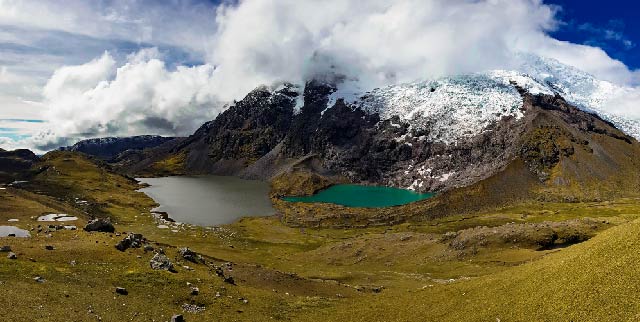
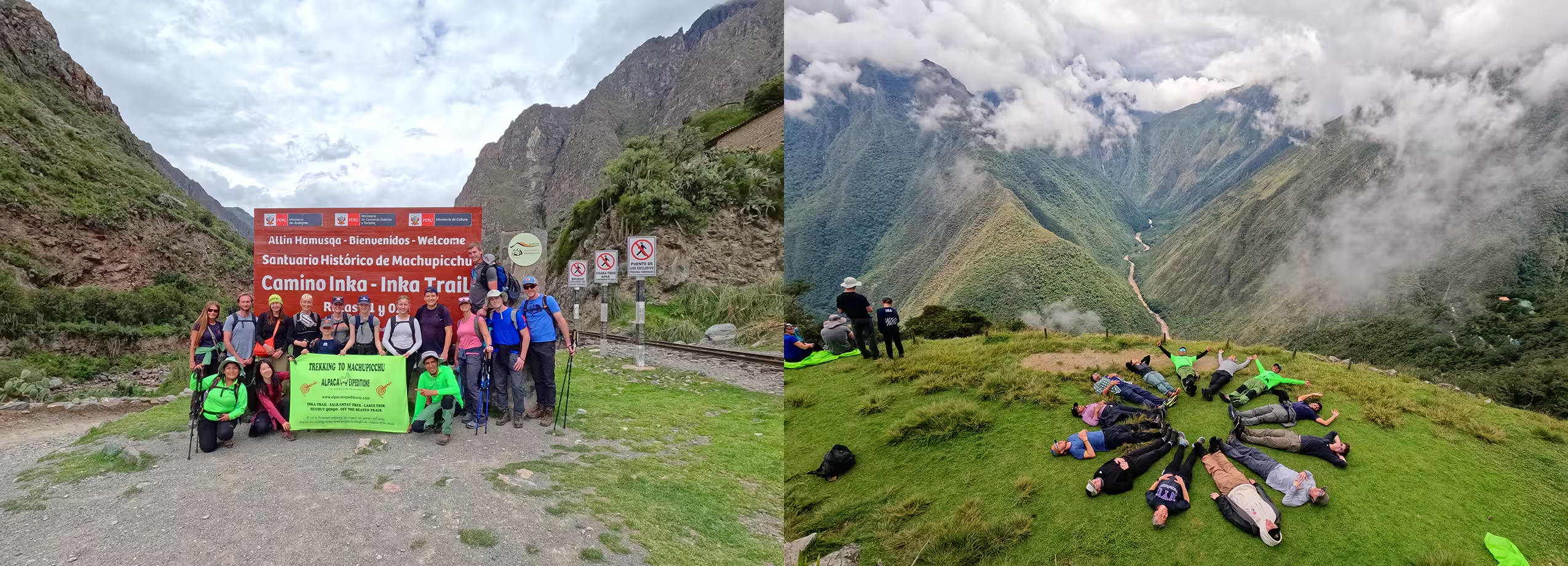
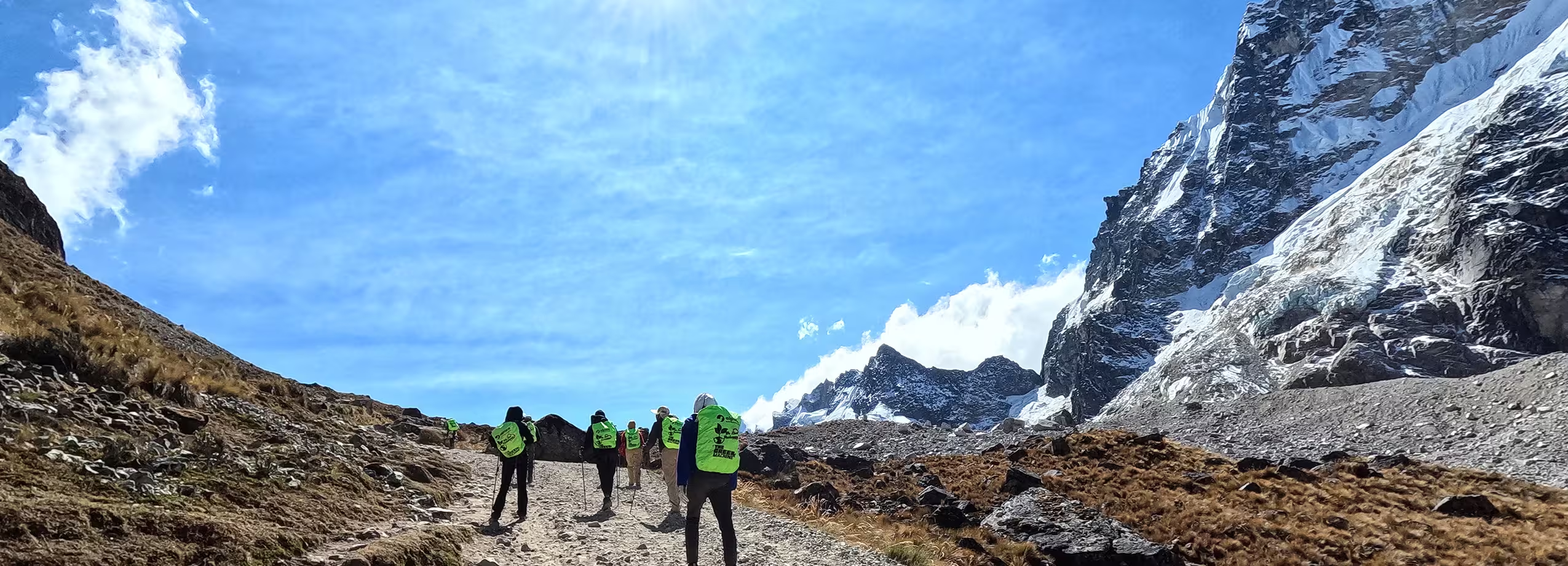
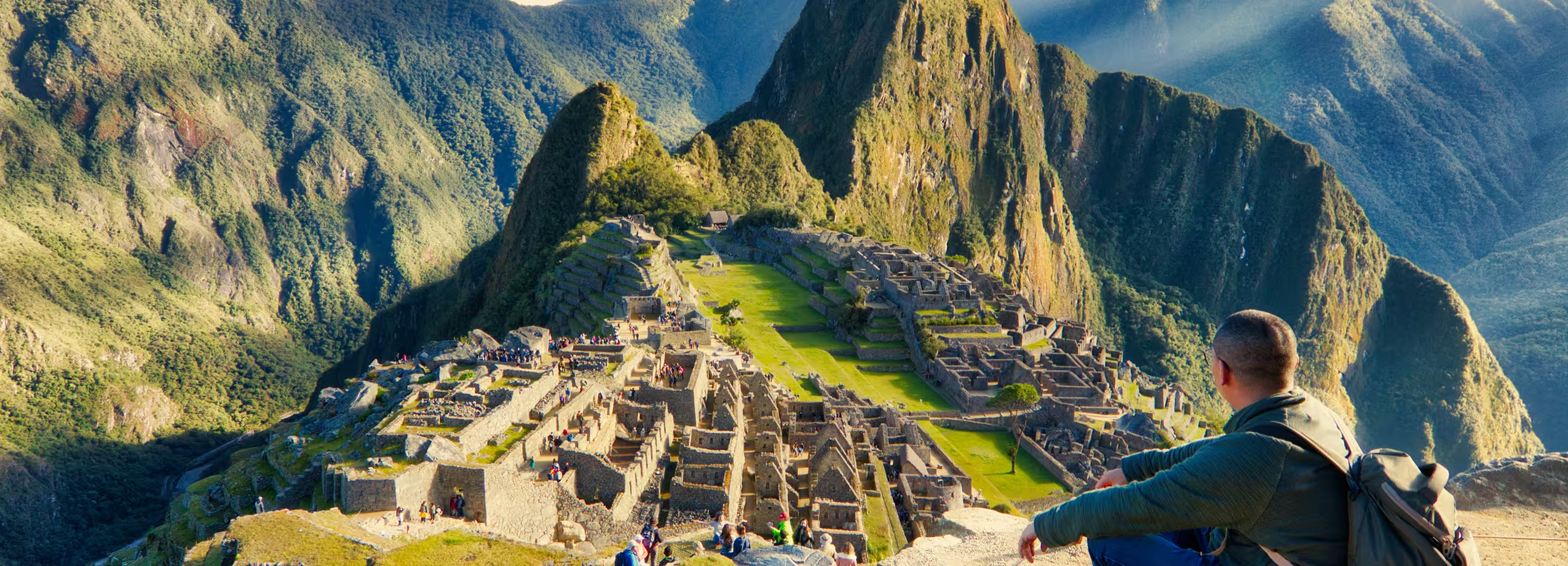

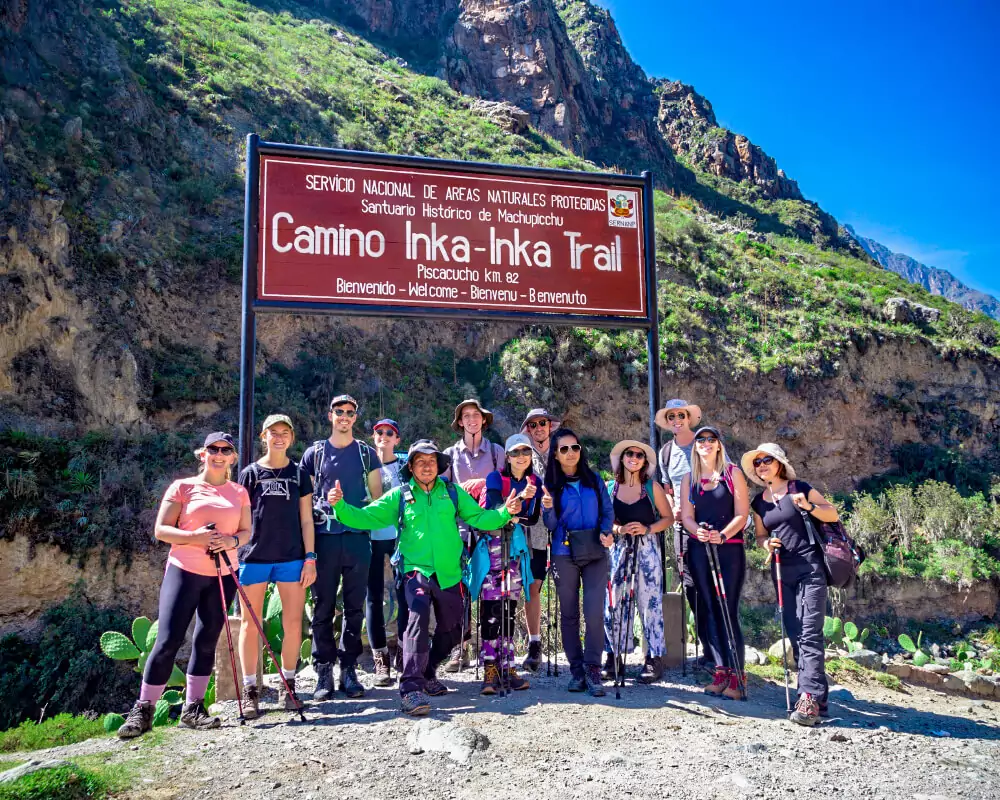
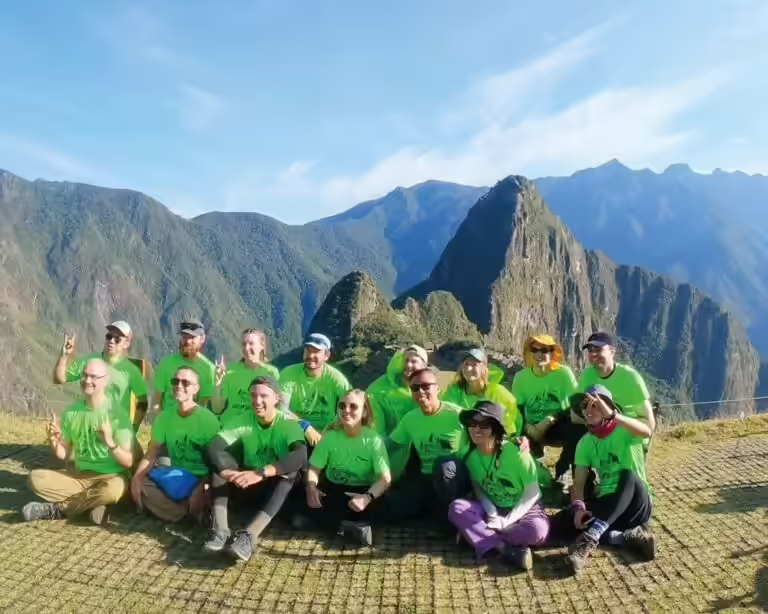
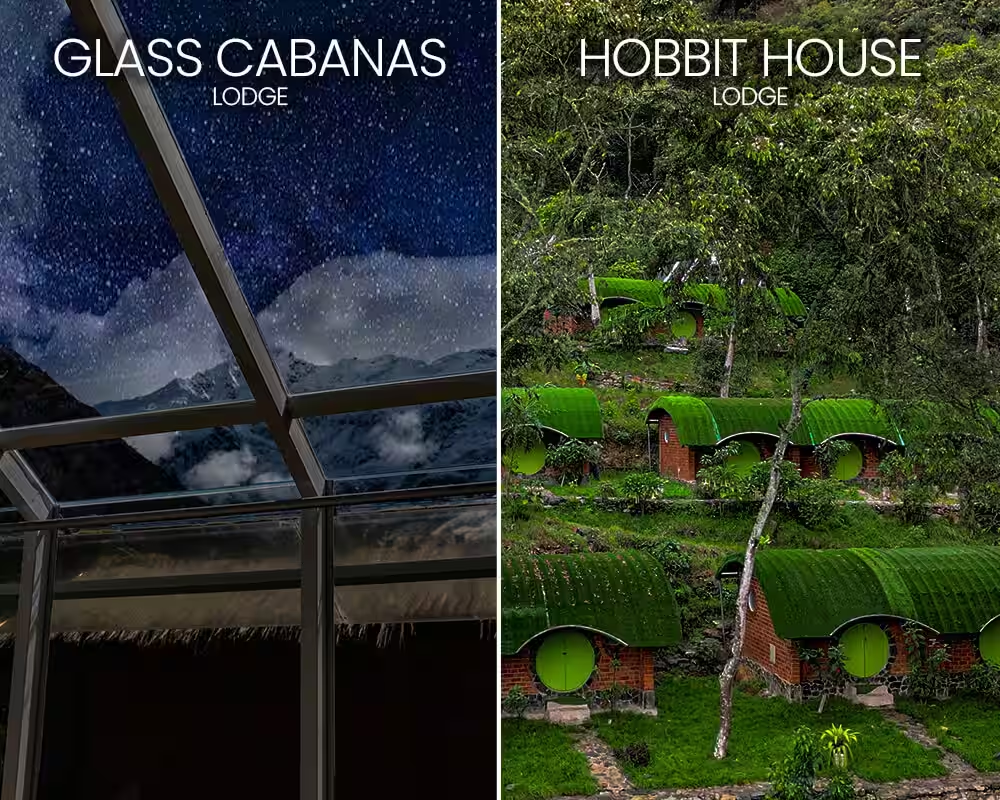




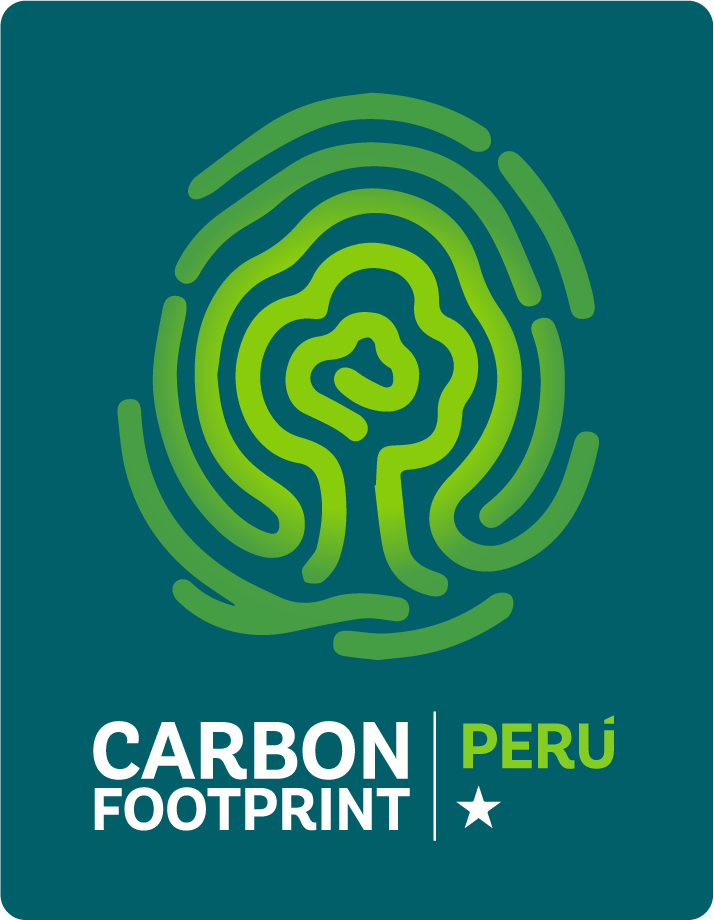





























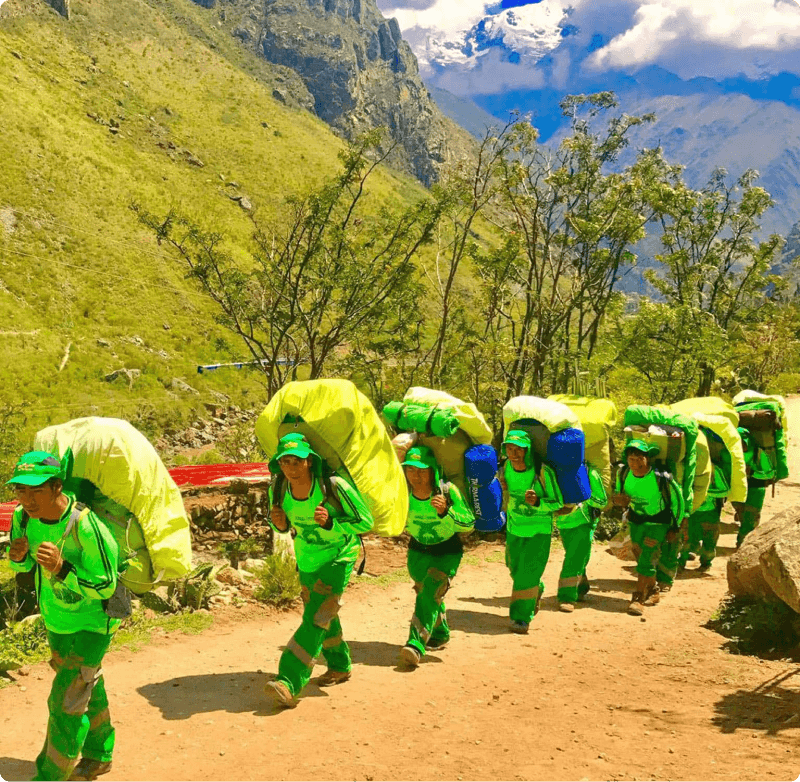 Porters will carry up to 7 kg of your personal items, which must include your sleeping bag and air mat (if you bring or rent one). From us, these two items weigh a combined total of 3.5 kg.
Porters will carry up to 7 kg of your personal items, which must include your sleeping bag and air mat (if you bring or rent one). From us, these two items weigh a combined total of 3.5 kg.